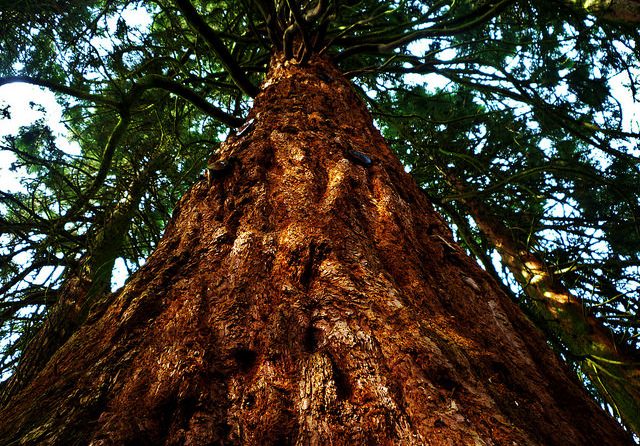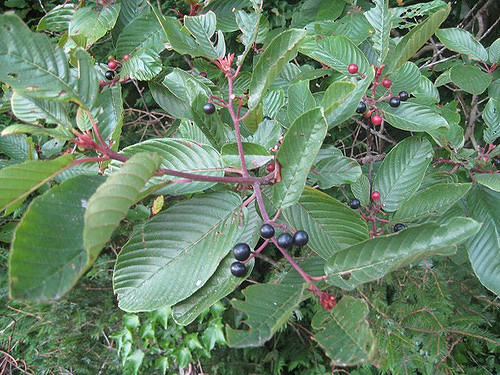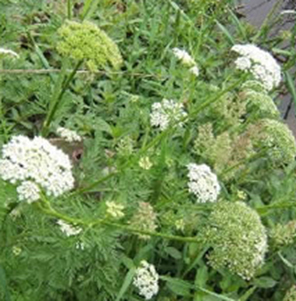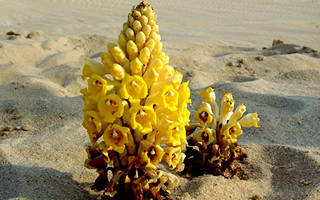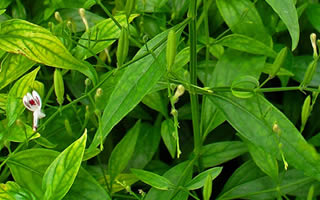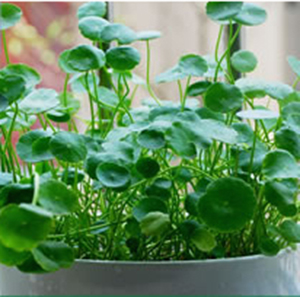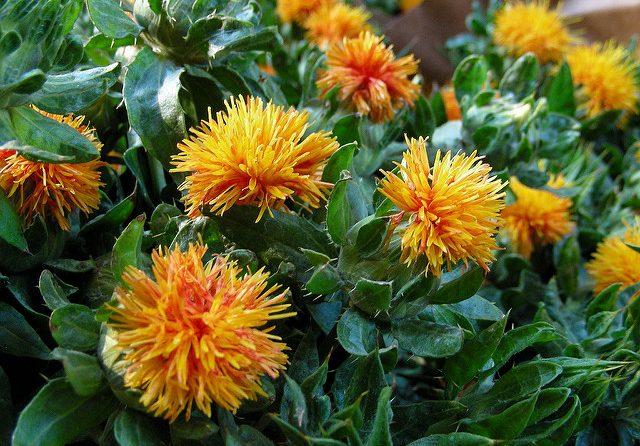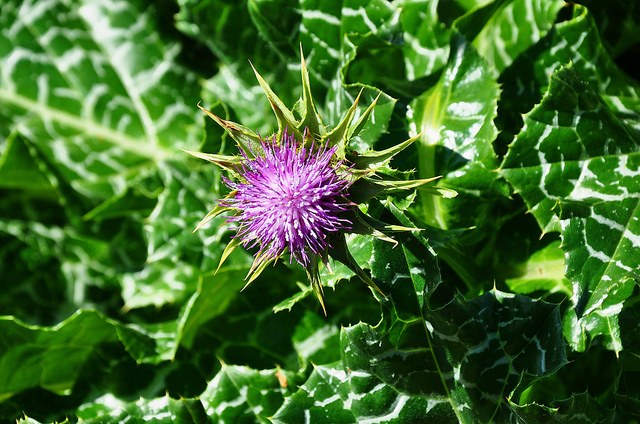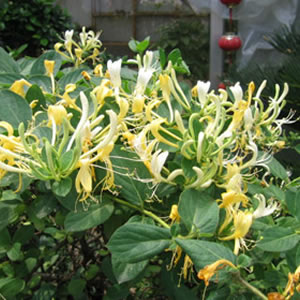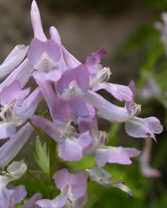
CORYDALIS YANHUSUO
Profile Latin Name: Corydalis Yanhusuo W.T. Wang CAS No.: 10097-84-4 Active Ingredient: THP dl-Tetrahydropalmatine d-corydaline dl-tetrahydropalmatine protopine l-tetrahydrocoptisine dl-tetrahydrocoptisine l-tetrahydro-columbamine Specifications: min 80 & 90% Tetraidropalmatina Part used: Root Test Method: HPLC Description Corydalis yanhusuo is a species of plant of the genus Corydalis. The tuber of this plant, often labeled as a root, is an
Read more
